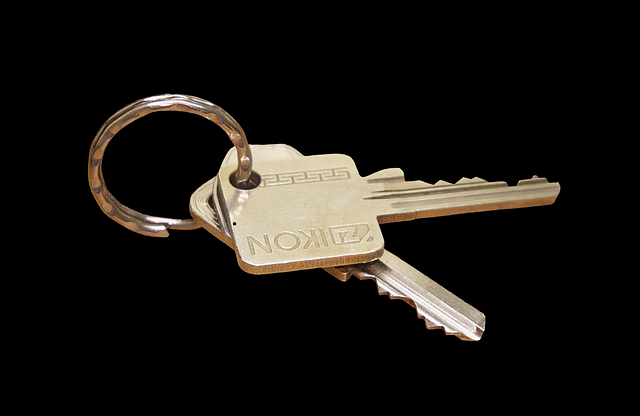Proximity card access technology enhances elevator and restricted area security by using smart cards with unique radio frequency signals for authorized entry. This method replaces traditional keys, improves convenience, and allows precise control over building access through coded digital information. The system streamlines processes, increases hygiene, offers quick deactivation upon loss or theft, and facilitates advanced logging and monitoring capabilities. Implementing proximity card access provides a secure, efficient way to manage elevator usage while offering peace of mind for building occupants.
Elevator security has evolved with the advent of key card access technology, particularly proximity card systems. This innovative approach offers enhanced control over restricted areas, ensuring safe and efficient access for authorized individuals. In this article, we explore the benefits of implementing proximity card access for elevators, including improved security, convenience, and energy savings. We also discuss best practices and security measures to consider when integrating these cards into building management systems.
Understanding Proximity Card Access Technology
Proximity card access technology has revolutionized the way we secure and control entry to elevators and restricted areas. This innovative system utilizes smart cards that emit unique radio frequency signals, enabling seamless and secure access. When a proximity card is presented near a reader, it triggers the elevator or door to open, ensuring only authorized individuals can enter specific zones.
This technology offers several advantages, including enhanced security, improved convenience, and efficient building management. Unlike traditional keys or passes, which can be easily duplicated or lost, proximity cards are coded with unique digital information, making unauthorized access much more challenging. This advanced system also streamlines the entry process, eliminating the need for manual keying in of codes or waiting for access cards to swipe, resulting in faster and more convenient movement within secure facilities.
Benefits of Using Proximity Card Access for Elevators
Proximity card access offers numerous benefits for elevator and restricted area security. This technology allows for highly targeted control, enabling building managers to grant or restrict access based on specific cards programmed with unique identification codes. Unlike traditional keycards, proximity cards don’t need physical contact, eliminating wear and tear and providing a more hygienic option. They can be easily deactivated in case of loss or theft, minimizing unauthorized entry risks.
Moreover, integrating proximity card access into elevators enhances convenience and efficiency for authorized users. Cardholders can gain seamless entry without the need to locate and insert cards manually, streamlining the boarding process. This technology also supports advanced security features like access logging and real-time monitoring, enabling building administrators to track who enters restricted areas and when.
Implementing Restricted Areas with Proximity Cards
Implementing restricted areas with proximity card access offers a secure and efficient way to control elevator usage and prevent unauthorized entry. Proximity cards, also known as RFID (Radio-Frequency Identification) cards, are equipped with unique identifiers that can be programmed to grant or restrict access to specific floors or zones within a building. As an individual approaches a secure area, their card is detected by readers installed near elevators or entry points. This technology enables automatic authorization, eliminating the need for manual keycard swipes or complex authentication processes.
By employing proximity card access, buildings can streamline security measures and enhance user experience. Employees or authorized personnel can effortlessly move between floors without delays, while unauthorized individuals are denied access to restricted zones. Moreover, this system provides a layer of protection against unauthorized access attempts, ensuring the safety and privacy of occupants within the building.
Security Measures and Best Practices for Proximity Card Systems
Elevator security systems utilizing proximity card access have become a popular choice for controlling restricted areas, offering a blend of convenience and safety. These systems employ advanced technology to ensure only authorized individuals can gain entry, significantly enhancing overall security measures. Proximity cards equipped with unique identifiers allow for precise tracking and monitoring, making it possible to log every entry and exit.
Implementing best practices for proximity card systems is essential. Regular updates and changes to access permissions ensure the system remains secure and effective. Additionally, a robust policy on lost or stolen cards, along with swift deactivation protocols, mitigates potential security risks. It’s also crucial to educate building occupants about proper usage, emphasizing the importance of securing their cards at all times to maintain the integrity of the system.
Proximity card access technology offers a secure and efficient solution for managing elevator and restricted area access. By leveraging this innovative system, businesses can enhance safety, streamline operations, and improve overall building management. Implementing proximity cards for elevators and restricted areas is a strategic move that ensures controlled access, boosts security, and provides a seamless experience for occupants. As organizations seek to fortify their security protocols, embracing proximity card access technology becomes an indispensable step in the digital age.
